Contents
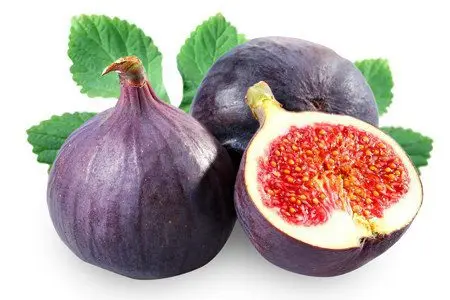
Figs – the fruit of a subtropical tree (lat. Ficus carica), which is called fig, fig tree. In shape, it resembles a teardrop or a small pear. The color of the edible peel can be yellow-green, purple and even blue-black, depending on the variety. The juicy flesh is usually pink with a mild, sweet flavor and contains hundreds of tiny seeds. Surprising is the fact that fig flowers are hidden inside the fruit. It is they who eventually turn into numerous seeds.
The fruit has a thin skin, is a small achene located inside a fleshy pear-shaped receptacle, weighs 20–75 g.
The fig tree grows in Asia Minor (the birthplace of the plant), is found in the nature of Iran, Pakistan, India, Afghanistan, Turkey and Central Asia. Figs are grown as a cultivated plant in the Caucasus and Crimea.
Valuable nutrients are found not only in the fruits of figs, but also in the leaves of this amazing plant. It has been scientifically proven that their use brings great benefits to human health, reduces the risk of heart disease, and prevents the development of diabetes.
Useful properties of figs
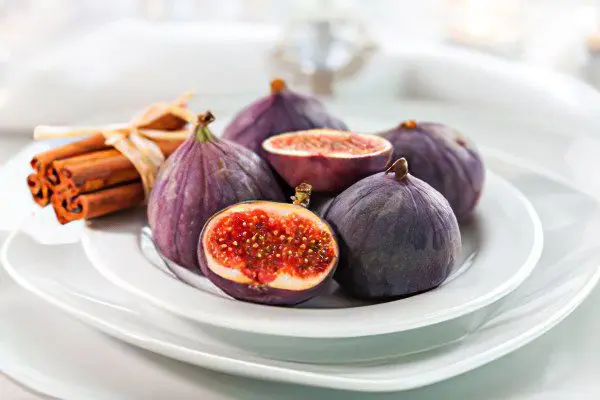
Fig fruits contain sugars, pectin, proteins, fats, malic and citric acids. Anthocyanin glycosides, pantothenic and folic acids are present. Vitamins B1, B2, B6, C, PP have a beneficial effect on the body and the functioning of various systems. Carotene, potassium, calcium, magnesium, phosphorus, iron, copper are very effective in many diseases – these substances are involved in all processes of the vital organs of the human body.
The leaves of the plant are rich in furocoumarin, psoralen and bergapten. Tannins and resinous substances were also found in them. In addition to ascorbic acid and rutin, there is an essential oil.
Figs have a laxative, diuretic and expectorant effect, lower blood cholesterol levels, and its omega-3 and omega-6 fatty acids are essential for the cardiovascular and nervous system. The plant also has anti-inflammatory properties.
[Video] The benefits and harms of figs for the body:
Figs for weight loss

Vitamins, beta-carotene, minerals, amino acids, pectin, fig enzymes have a beneficial effect on the digestion process. The concentration of nutrients in figs is in the right ratio, which allows them to be well absorbed by the body. Figs have more potassium than bananas, it contributes to the normal functioning of the stomach, muscle elasticity, and removes excess fluid from the body. Figs are rich in substances that help reduce hunger.
Fruit grains are fiber that relieves constipation. All these wonderful properties make figs an indispensable product for weight loss. There are many ways to replace sugar, which is so harmful for overweight people. Using figs with natural sugars, the presence of which is evidenced by a white coating on dried fruits (glucose crystals), it is recommended to replace one of the meals with two or three fruits several times a week.
In this case, no more food should be consumed. Many fruits cannot be eaten, otherwise the result will be the opposite. The fruit helps to restore strength, fills with energy. With the help of figs, the effect of stress, which has a bad effect on the body during weight loss, is noticeably reduced.
Figs during pregnancy
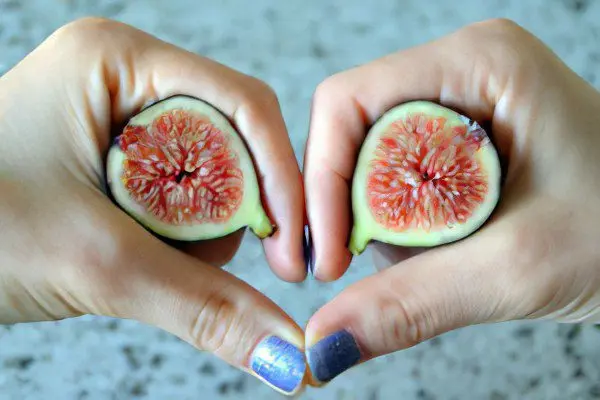
For every woman, it is important to eat right during pregnancy, replenish the body with vitamins and other useful elements that positively affect the development of the fetus. Figs are one of the most essential ingredients in the diet of expectant mothers. Vitamin C, folic acid, proteins, potassium, calcium, iron, women will receive in sufficient volume by consuming at least 2-3 fig fruits daily.
In order not to gain weight, lovers of sweets can use figs as a sweet substitute. Figs satisfy hunger, natural sugar is not harmful to mother and child. A doctor’s consultation, of course, will not be superfluous in this matter, since figs can be harmful to pregnant women with a diagnosis of gestational diabetes.
Fig Recipes
Recipe for laxative balls: 100 g of figs, 100 g of raisins, 0,5 teaspoon of ground ginger and 0,5 teaspoon of nutmeg chop and mix. We form a sausage from the resulting mixture and then cut it with a knife into circles 1 cm thick. Roll balls out of them and eat 1-2 balls in the morning on an empty stomach with constipation.
Fig syrup: to prepare it, you need to pour 8 pieces of crushed fruits into 250 ml of water, boil for 20 minutes, then remove the figs, add 1 cup of sugar and add water to the original volume. Next, boil the mixture until the sugar is completely dissolved, add the juice of half a lemon, 1 teaspoon of ginger and pour the liquid into a vessel. Adults need to drink 3-4 dessert spoons of the remedy, children – 1-2 dessert spoons per day for coughing, problems with the digestive tract and flu.
Fig salad: mix 300 g of figs, 150 g of prunes, 2,5 tablespoons of almonds, 1 cup of acidophilus, orange zest, sugar to taste. Morning salad will help the cardiovascular system.
Figs with cough milk
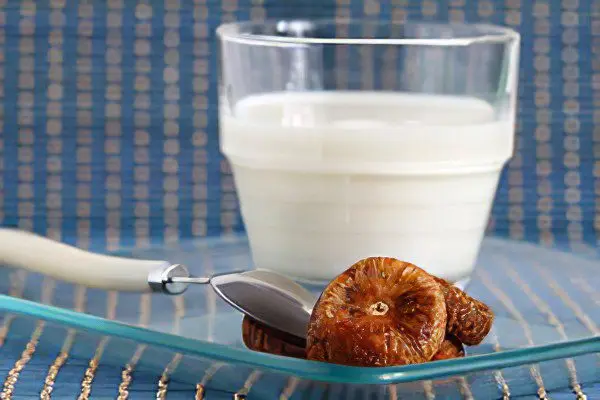
In folk medicine, with coughing fits during a cold and whooping cough, a decoction of fig fruits in milk is used. The course of treatment should be continued for 10-15 days, the drug will relieve cough and increase the body’s resistance to respiratory diseases.
Recipe for figs in milk: to prepare a healing drink, you need to take 1,5 liters of pasteurized milk with a fat content of 3,2%, pour it into an enameled pan, heat it up, place one medium-sized well-washed fresh or dried fruit there, bring to a boil. With the lid tightly closed, the composition should be kept for 0,5 hours on low heat until the volume decreases by about 1/3, then wrap the pan to steam the figs and leave it to cool completely: 3-4 hours is enough for the figs to give up all their beneficial properties .
It is necessary to store the product in a jar, tightly closed with a nylon lid, in the refrigerator. More than 0,5 liters of the drug cannot be cooked, on the second day it will thicken, it will be a little viscous.
Kinds of figs
There are many varieties of figs. Dried fruits include:
gray early 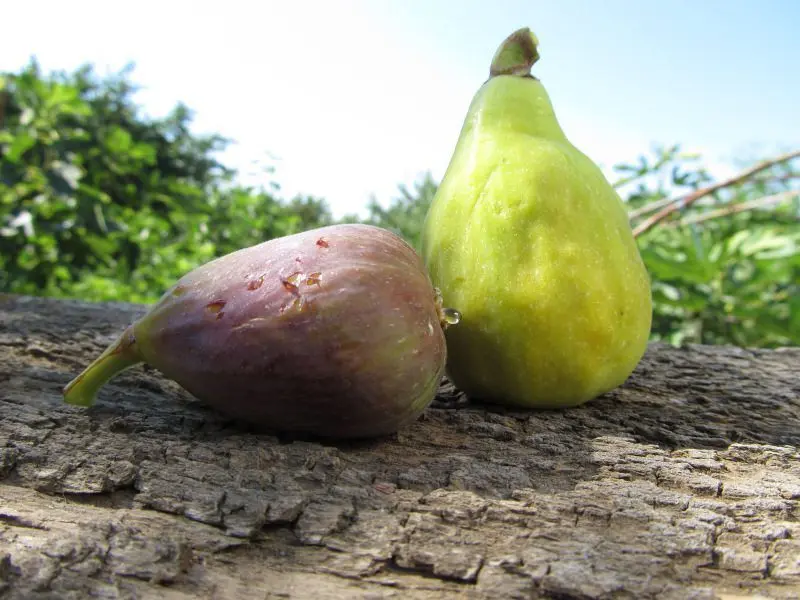 Commune 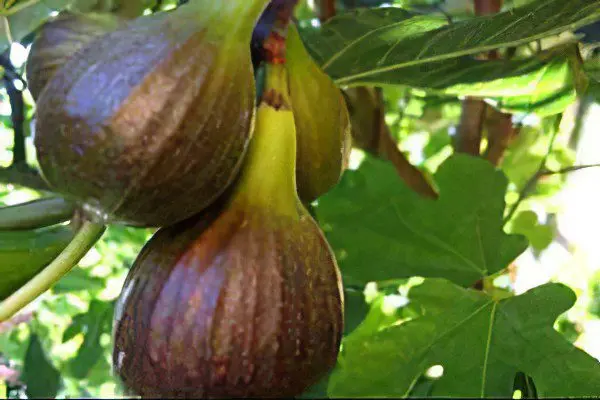 brunswick (heron)  Dalmatian 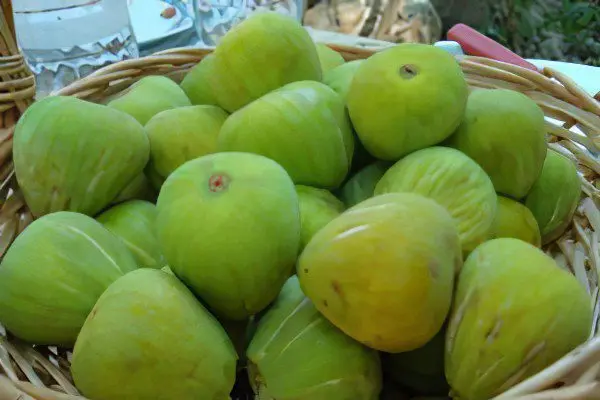 Crimean black 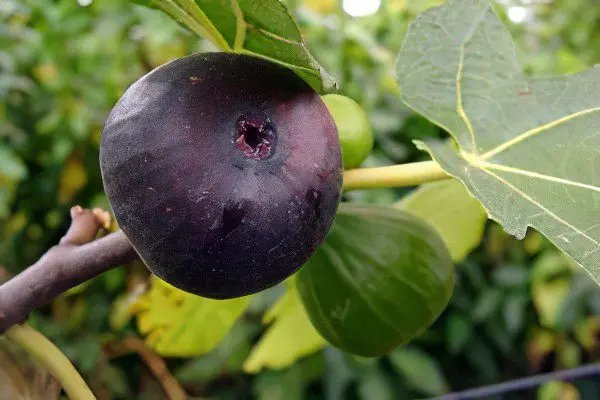 Purple 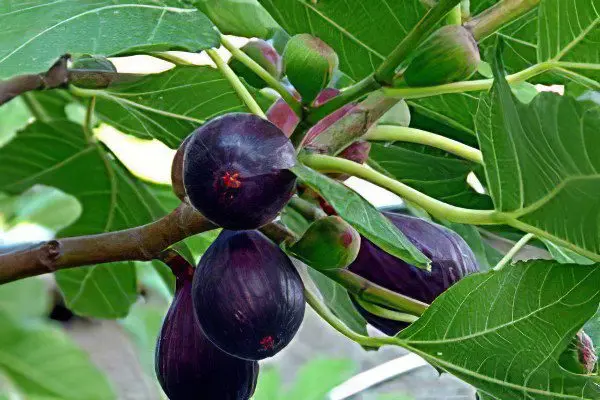 Sochi – 4 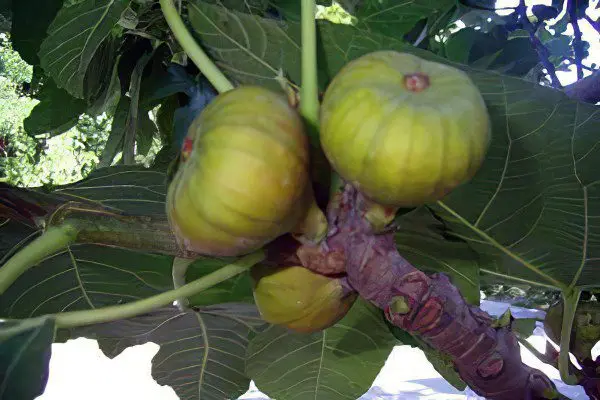 Braunschweig  Magnolia 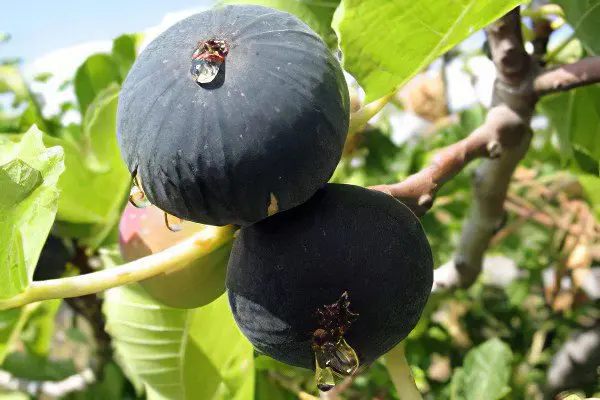 July  |
The variety allows you to choose the best of the best varieties, all of them have excellent characteristics, bear fruit well and do not require special care.
Nikitsky fragrant variety, used for making dried fruits, jams, and for fresh consumption.
Brunswick fig variety has very large fruits, differs in skin color, it can be bluish-purple or dark brown. The pulp is juicy, white or pink in color.
Magnolia also has large fruits, their skin is amber, the variety is used for canning.
У Corderii fruits are pear-shaped, large with a yellowish-greenish tint. The flesh is amber in color, juicy and very sweet. This variety of figs is common in dry areas.
San Pedro white – able to produce two crops: one gives fruits with a shiny, yellow skin like a lemon, from the second harvest you can collect fruits that are greenish with a touch of sea water, with red pulp, similar to strawberries, juicy, incredibly tasty and fragrant.
San Pedro black also gives two harvests: one, with large fruits, is used for fresh consumption, the second, with small fruits, is used for drying.
Smirnensky variety has medium-sized pear-shaped fruits. The skin is brownish-purple, sometimes greenish, the flesh is brownish-pink.
Possible harm and contraindications to the use of figs
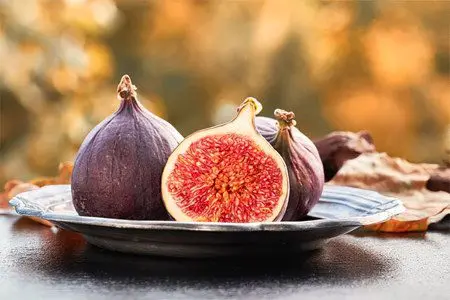
Figs are contraindicated in pancreatitis, gout, diabetes mellitus, inflammatory processes in the gastrointestinal tract, enteritis and obesity. In addition, due to the presence of oxalic acid, figs should not be consumed by people prone to the formation of gallstones.
It is important to consider that figs can have a negative effect on the body. We must not forget that for all its benefits for constipation, it can provoke diarrhea. Digestive problems are observed in people who consume figs in large portions.
Figs have a high concentration of vitamin K, which inhibits the activity of blood thinners. People taking medications in this group should take figs on an ongoing basis to reduce the likelihood of complications, primarily bleeding. [17].
It is not uncommon for people to be allergic to figs. As a rule, hypersensitivity to figs is observed with an allergy to birch pollen. The fig tree is a source of natural latex, which is important for people who are allergic to this substance. [18].
Conclusion
Regular consumption of figs in food contributes to the improvement of the body. You can add fresh or dried fruits, fresh fig leaves or tea from them to the diet. In addition to relieving constipation, figs help fight many potentially dangerous human diseases.
You should carefully consider figs for those who take blood thinners on an ongoing basis. In this case, it is best to discuss the advisability of its use with your doctor.
Keep in mind that dried figs are high in sugar. Opt for fig leaf tea, fresh fruits and fig leaves. The judicious use of figs will provide reliable protection for your health.









